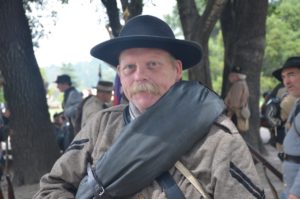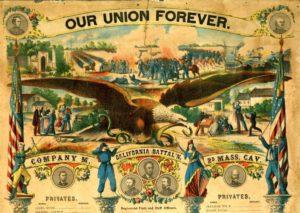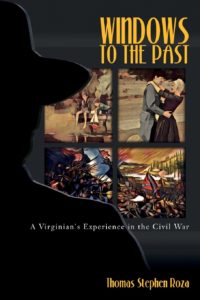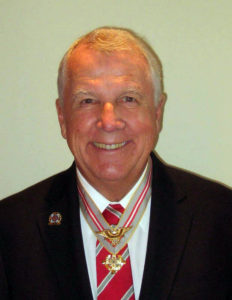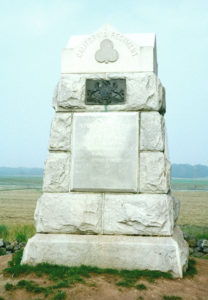Jack Nakash and Marcelo Pontin on “Civil War Reenacting”
Jack Nakash and Marcelo Pontin, Civil War Living Historians and Reenactors, discussed their portrayals, equipment, and sources for reenacting the American Civil War.
Jack Nakash is a Civil War Reenactor/Living Historian who currently portrays a Confederate soldier in the 14th Tennessee Volunteer Infantry, Co. B. He returned to reenacting in 2016 but has done both Union and Confederate impressions for a combined twenty years. He is a member of the American Civil War Association and the National Civil War Association. Jack is a US Marine Corps Veteran, lives in San Jose, CA, and is a retail clerk. Jack has been interested in the American Civil War starting at a very young age, and has participated in numerous Civil War Reenactments both in California and back East. He is a devotee of the Civil War “common soldier” and the life and trials of that soldier.
Marcelo Pontin has been an Union Soldier Civil War Reenactor for the last three years in the 7th West Virginia Volunteer Infantry of the National Civil War Association and “represents” a Second Sergeant in that unit. He is a nine year veteran of both the United States Army and the Air National Guard in both Illinois and California. He currently lives in San Francisco, and is an engineer with AT&T. He also studies and lectures about history as a hobby.

